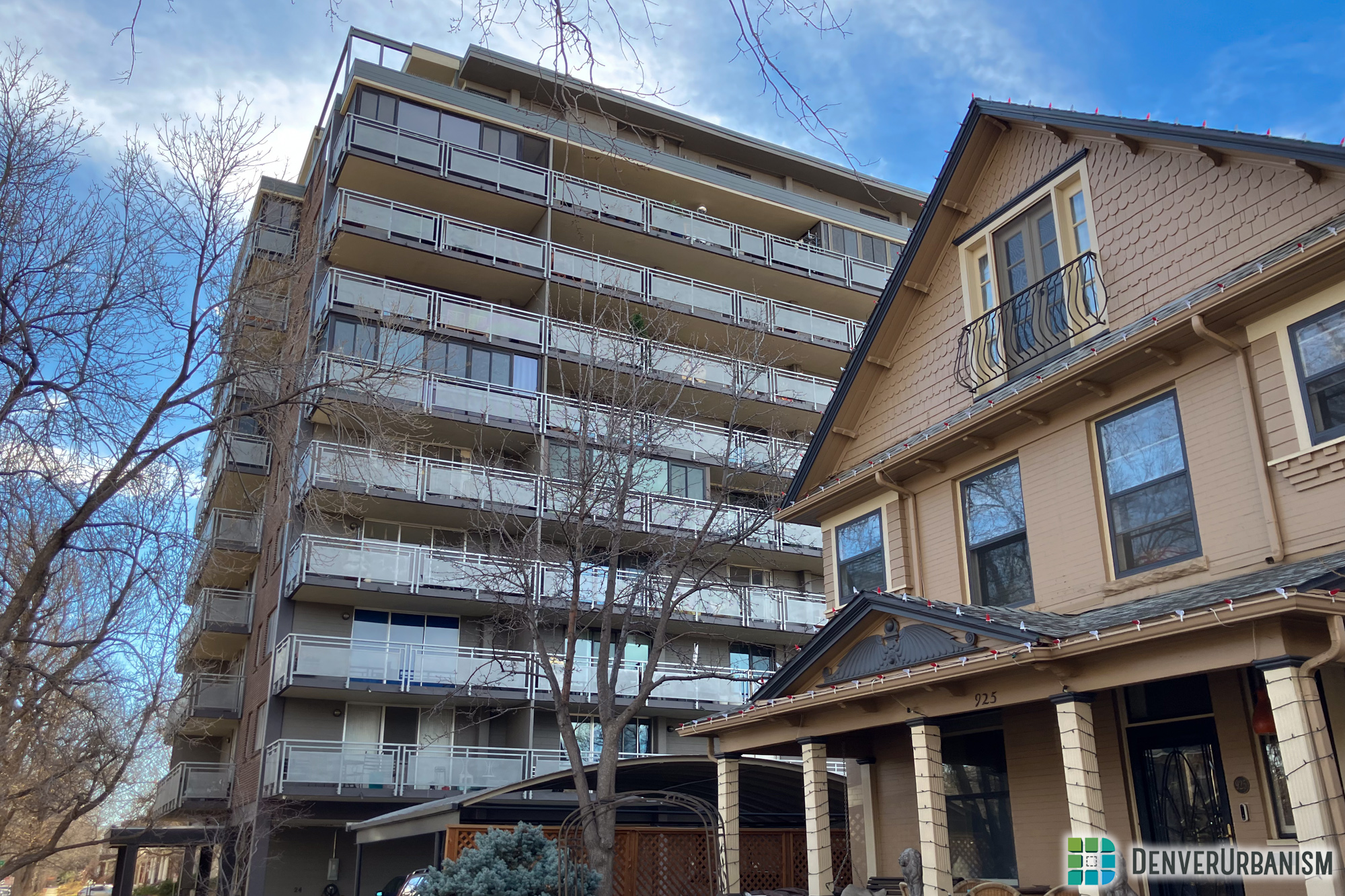If you appreciate history, or just admire the built environment in your particular neighborhood of Denver, then you benefit from the city’s historic preservation process. Like all cities, the Denver of today is informed and shaped by the Denver that used to be. Last century’s landfill became this decade’s park; early infrastructure like canals and streetcar lines gave shape to Denver’s early expansion. The many booms and busts in Denver’s economy, new technology, and changing household sizes and demographics all shaped the architectural rhythm of the city. We are richer for learning why the places we love are lovely today. Appreciating that history, however, should not indicate that nothing new can be built, that no change is permissible in some of our oldest, central neighborhoods. Growth and change are themselves the oldest constant in Denver’s built environment. Denying infill development because a building or neighborhood merits permanent landmark status is an extreme event: that tactic and the tension that gives rise to it need to be examined and taken seriously. With 4% of the city’s existing building stock landmarked, how much more of Denver, exactly, needs to be preserved? Where is the process breaking down, or being abused? And what new policies might make preservation a boon to sustainable infill? Join James Warren, Andy Cushen, and CU Denver Professor Ken Schroeppel in this conversation.
Download the Podcast here: DenverUrbanism Podcast Episode 2: Should We Preserve Historic Preservation?














